Includes per person per stay:
- Oyster safari Appetizer of the collected oysters and a glas of sparkling wine
- 5-course gourmet dinner
- Overnight accommodation
- Delicious buffet breakfast
4.6704545289024 of 5 Stars
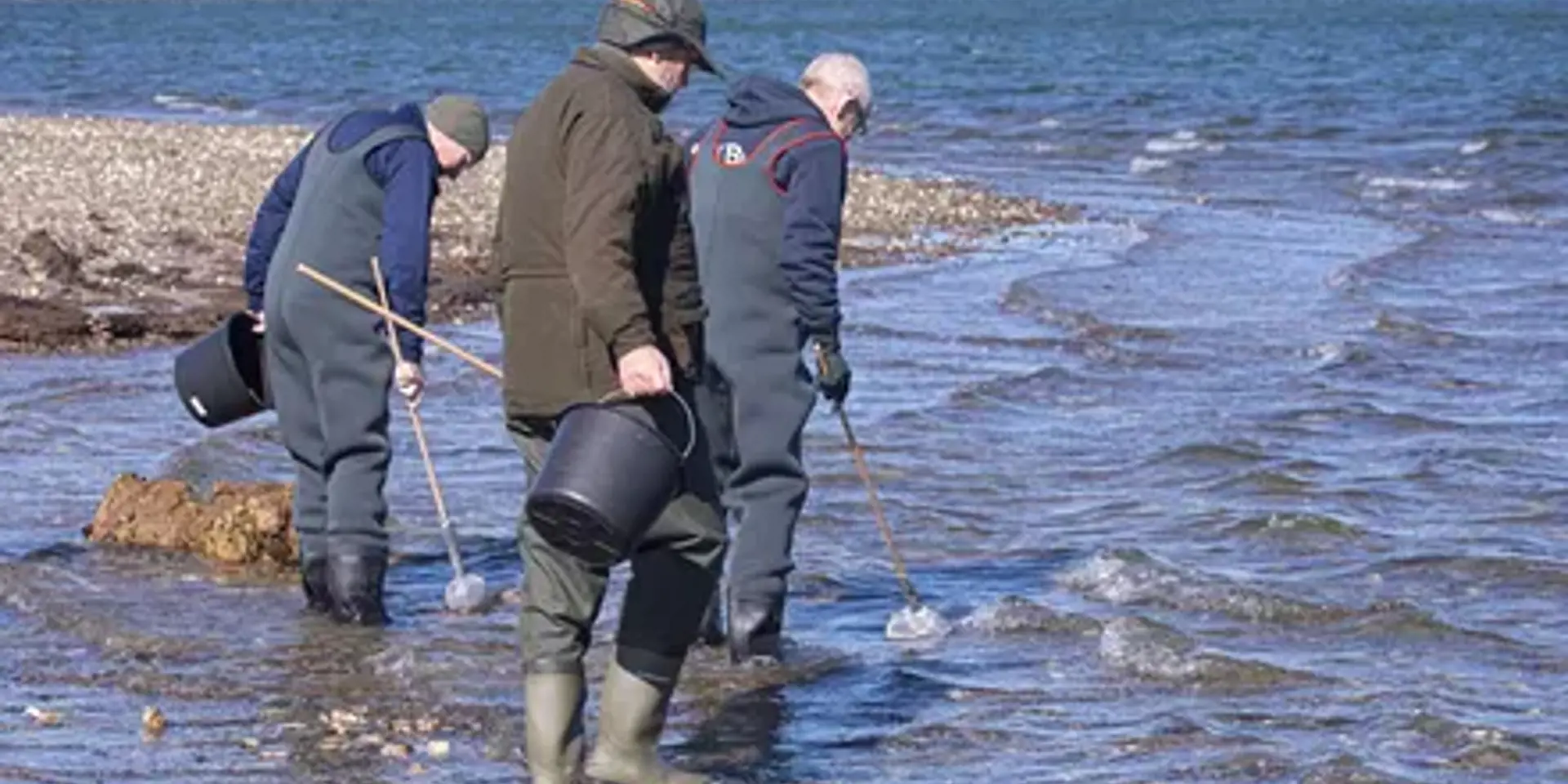
Includes per person per stay:
Click the "See calendar and prices" button to choose dates and see the room selection.
See calendar and prices: Oyster StayTambohus Kro & Badehotel is situated right beside the Limfjord – in a true paradise with peace and tranquillity. Here it has been located for 160 years, and it has continuously been restored and extended – without damaging the cosiness and traditional inn atmosphere. Ideal for cycling, fishing and hiking holidays.
Tambogade 37, 7790 Thyholm
Show map
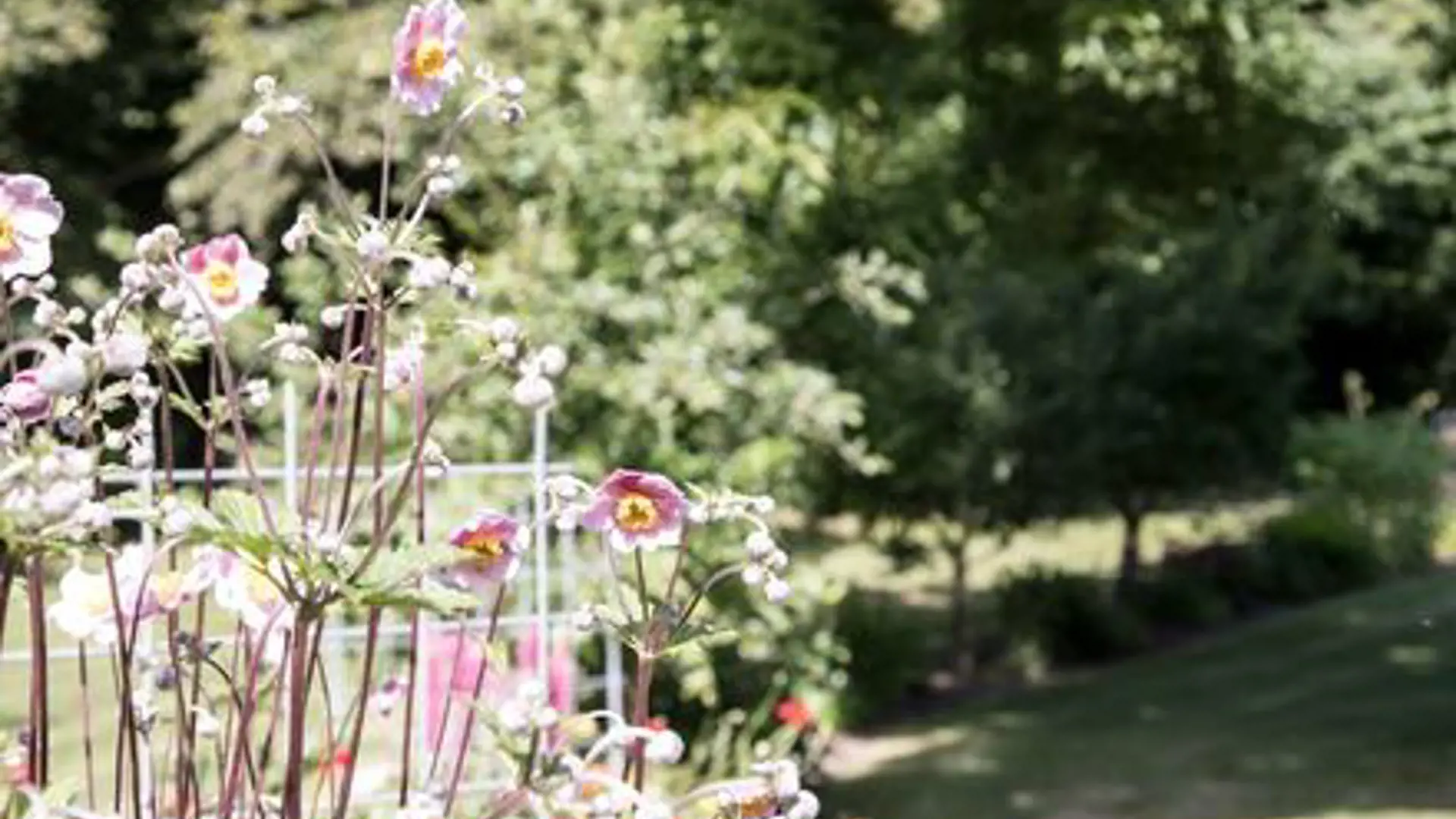
Includes per person per stay:
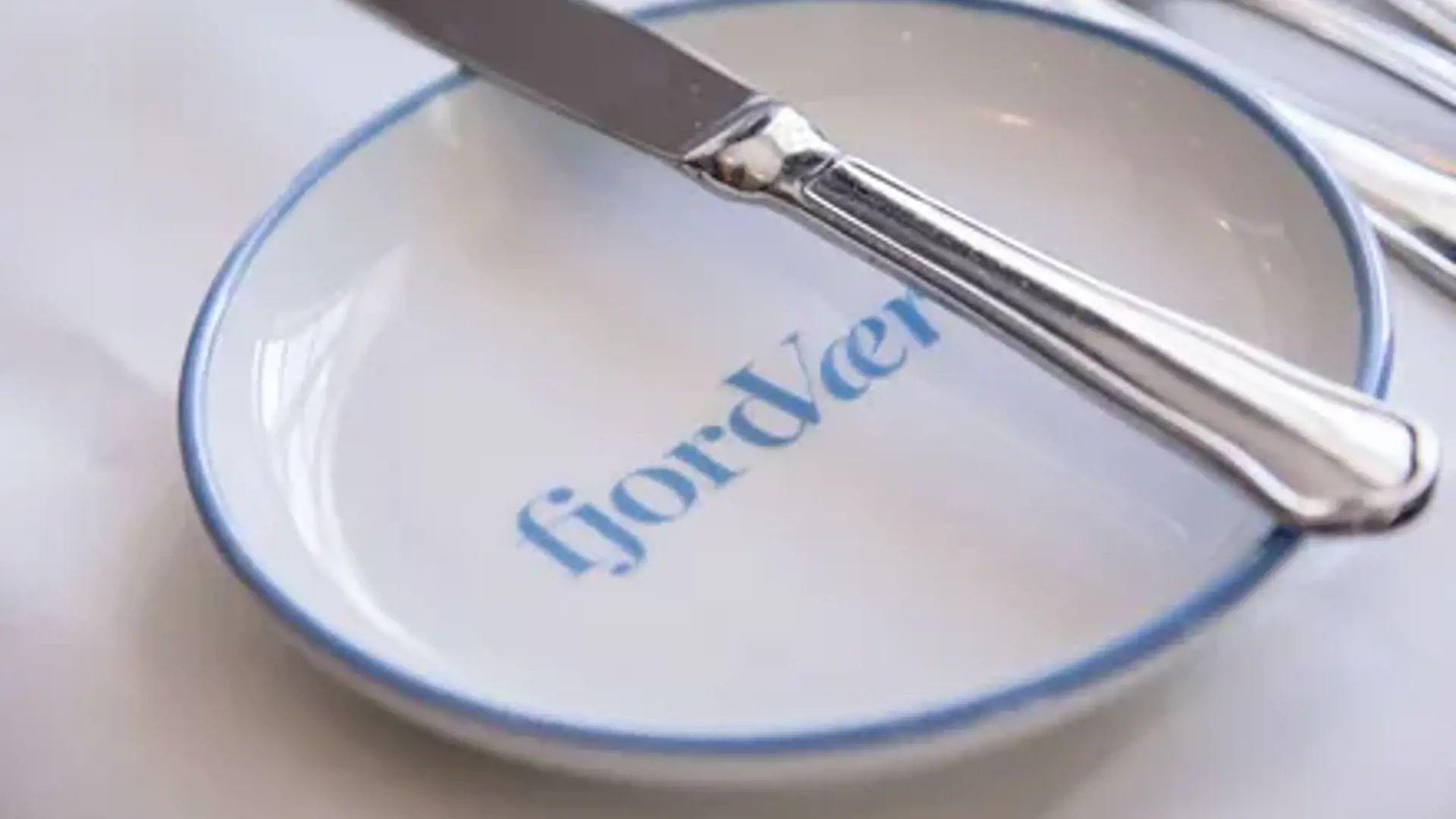
3 Days / 2 nights
Includes per person per stay:

Gourmet Stay
Includes per person per stay:
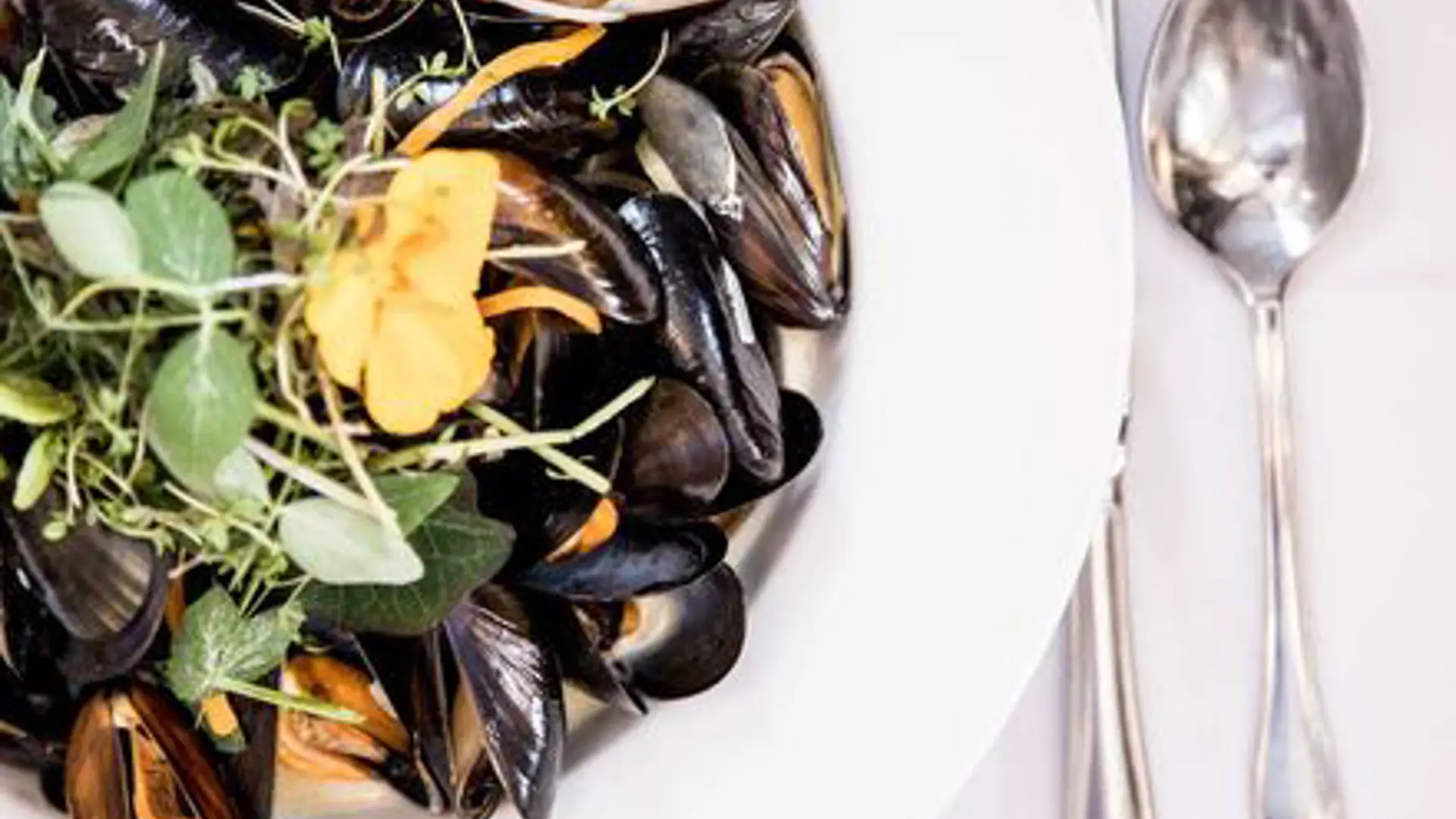
Includes per person per stay:

Includes per person per stay:

Golfophold
Includes per person per night:

Includes per person per night:

Minimum 2 days
Includes per person per night:
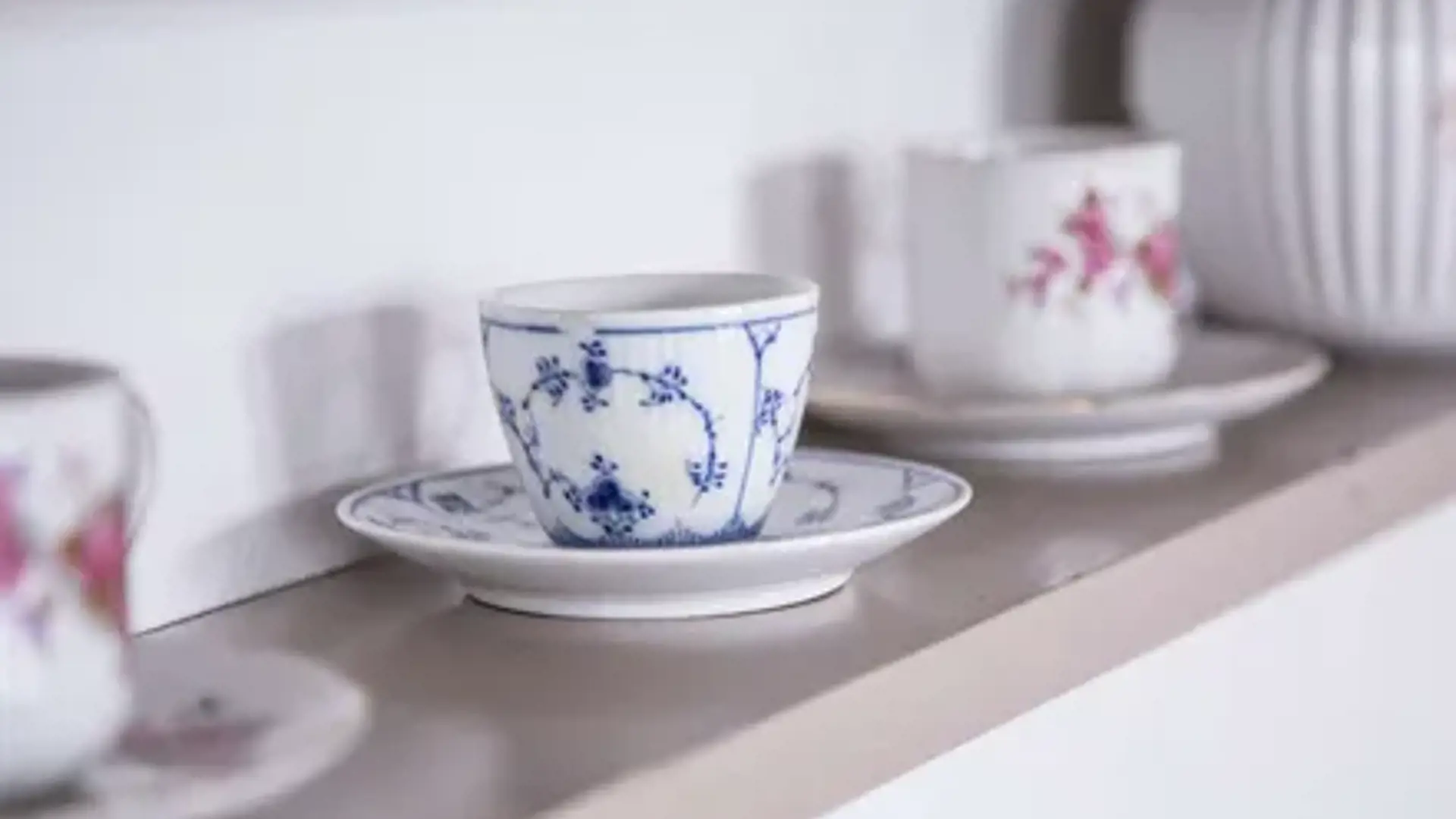
Includes per person per night:
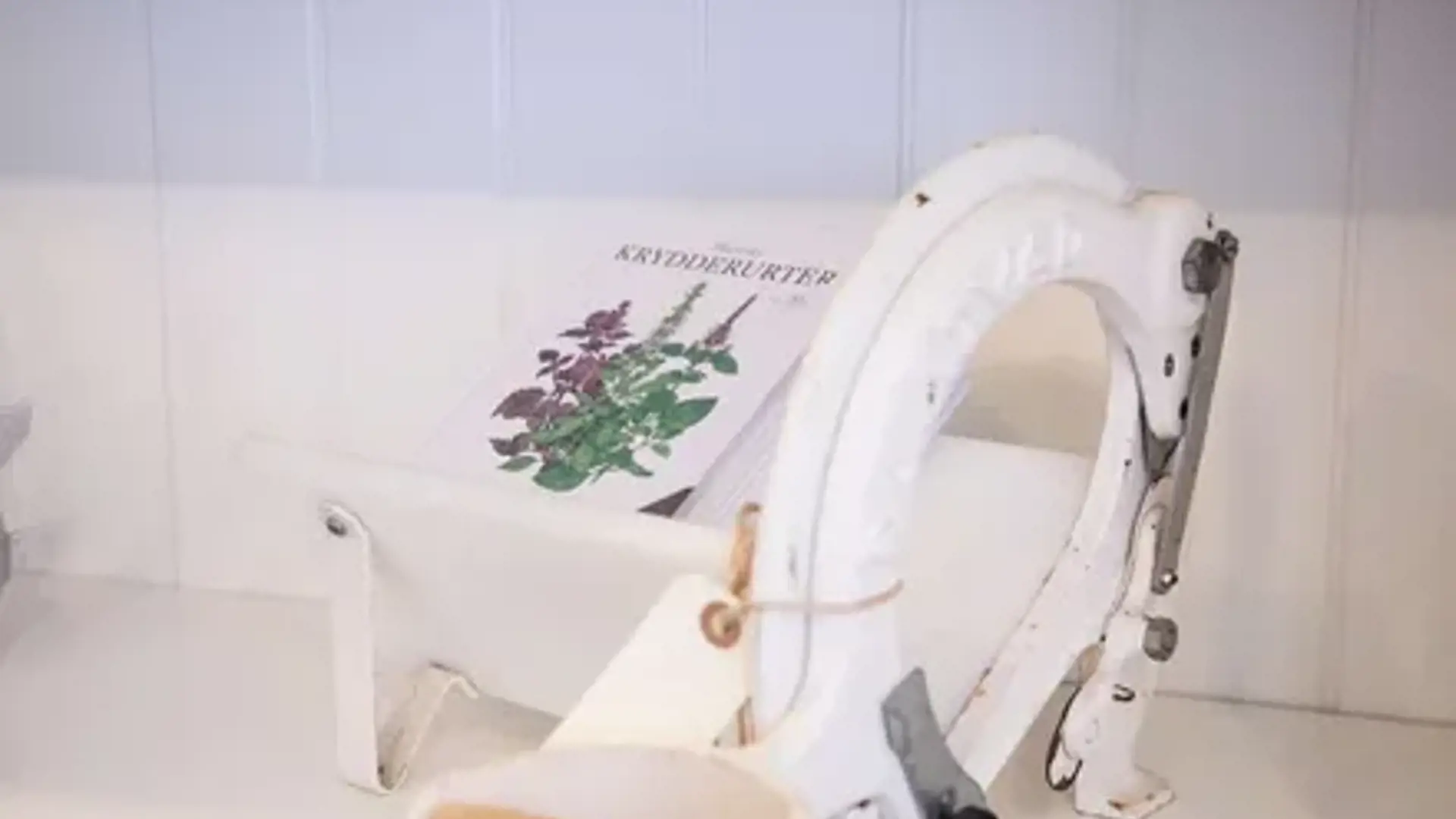
Minimum 3 days / 2 nights
Includes per person per night:

0.29 km

1.22 km
Jegindø Church - Thyholm
The church of Jegindø is situated beautifully where all the roads of the island meet, and the large white building can be seen from far away across the waters of the Limfjorden. The revival movement of the Home Mission (an evangelical branch of the church of Denmark) was strong at Jegindø, and the old church was soon too small, so in 1919 they built this new spacious church. It cost DKK 65,000 of which DKK 12,000 was collected on the island.
The eastern part of the old church is kept as chancel and vicar's room. The ashlars tell that here has been a church since the time of King Valdemar. Many names on the tombstones show that most of the original population of fishermen came to the island from Harboøre at the North Sea.
The white vaulted roof has an overwhelming effect when you step into the church. The altar- piece was made by Hans Snedker in 1598. The painting of Jesus on the cross is from 1880. But the beautiful inscriptions of the Lord's Prayer, the Command of Baptism, and the words of the Holy Communion are from 1750, just as the Latin text: Beati, qvi ad coenam nuptiarum agni vocati sunt (Blessed are those who are invited to the Lamb's wedding meal). The two wings have small paintings from the era of pietism (in England: Evangelicalism). At the top, with an angel's head on either side, appears Jehovah's name in Hebrew letters.
The pulpit from 1640 has untraditional paintings in the sections, namely from left to right St. John, the evangelist, holding a cup and a book, Christ with the globe, and St. Paul with the sword of the Word. A Latin text: "Anno 1654. Jesus Salvator, salva nos" means: "The year 1654, Jesus Saviour, save us."
In the wide chancel the vaults are decorated with fairly new frescoes with eight scriptural passages put in.
The baptismal font from the first period of the church has a small Nürnberg basin from about 1575 with the Fall as a motif.
In the side wing hangs a beautiful and carefully executed model of the frigate Dannebrog. The figurehead is a little porcelain figure. Furthermore, it is rather unusual that 38 pew gables from 1643 have been preserved. Also the organ loft, which was moved in from the old church, dates from the same era, as Rasmus Snedker from Nykøbing put it up in 1647. The bells are from 1463 and 1947.

1.29 km
At one time, Jegindø was two small , low-lying islands separated by a stretch of water just south of Jegindø Church. This stretch of water is now a low meadow running across the island to the south of the church.
Until the causeway to Jegindø was built in 1916, the inkeeper af Tambohus Kro was entitled by royal charter to operate a ferry service across Tambosund.
There are no hill on Jegindø - the highest point of the island is just 13 m above sea level. This fertile island has been inhabitated for thousands of years, and in many places it is still possible to find the remains of Stone Age settlements.
The fishing has always been good in the very changeable waters around Jegindø, and the people of the island relied as much on fishing as on agriculture for their livelihood.
By the harbour, which has been extended to include a marina, stands the little museum "Æ Fywerhus", which displays exhibitions about fishing on Jegindø in years gone by.
You can read more abot the peninsula Jegindø on their homepage: Jegindø

2.28 km
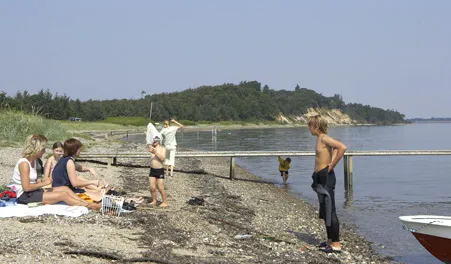
2.62 km

2.67 km
The Holy Spring - Thyholm
Where the railroad crosses Meldgårdsvej southeast of Hvidbjerg this magnificent Holy Spring is found, from where pure cold spring water constantly wells up from the ground, even in periods of drought.
In 1976 the well was attractively restored, and visitors were given access by a new path.
The spring is first mentioned in the year 1360, but already existed when the earliest population of hunters and fishermen arrived in these districts after the retreat of the ice. The spring has held so much water that it was able to drive a complete water mill at Helligkildegård, where the dam may still be seen. People still gathered around the holy spring well around 1880.

2.68 km

2.73 km
Inside the main building, one can see how a well-off family lived in the last century. Additionally, there is a pharmacy, the old executive office of Hvidbjerg Bank, and the telephone exchange from Uglev. In the attic, visitors can experience the maternity ward of Hvidbjerg Hospital, which operated until around 1972.
In the farm building, there are exhibitions about crafts, such as lead roofing, shoemaking workshop, carpentry tools, ladies' hairdressing salon, etc. There is a diverse radio/TV exhibition showcasing the development in the field. Several models are already historical.
Adjacent to this, there is an exciting exhibition from Greenland with artifacts and paintings.
In 1997, a faithful replica of the old Søndbjerg school was inaugurated, housing a classroom.
Wilsehaven - inaugurated in 2013 - is a miniature version of J.N. Wilse's baroque garden at the rectory in Spydeberg, Norway. (J.N. Wilse (1736 - 1801) was the son of a pastor from Søndbjerg who went to Norway, where he served as a pastor, professor, and enlightenment figure).
It can be documented that the "Apothekergården" itself has historical value, as the main building can be traced back to at least 1664.
The "Apothekergården" was turned into a museum on the initiative of the painter Kresten Rusbjerg, who owned the place until 1990. He lived from the inauguration in 1992 until his death in 2010 in an annex built in connection with the museum.
Further information: www.thyholm-egnsmuseum.dk
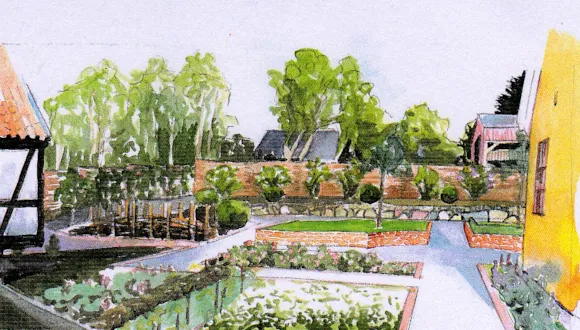
2.73 km
The baroque-inspired vicarage garden ’Wilsehaven’ in Søndbjerg, is an oasis created in honor of Jacob Nicolai Wilse (1736-1801), who was born in town and then later in life became a priest and professor in Spydeberg, Norway. The gardens selection of plants is based on his observations at Thyholm in the 17th century. Journeys following Wilse’s steps are starting in the garden. More information is available in the garden or online.
Free entrance to the garden all year.

11.35 km

11.8 km